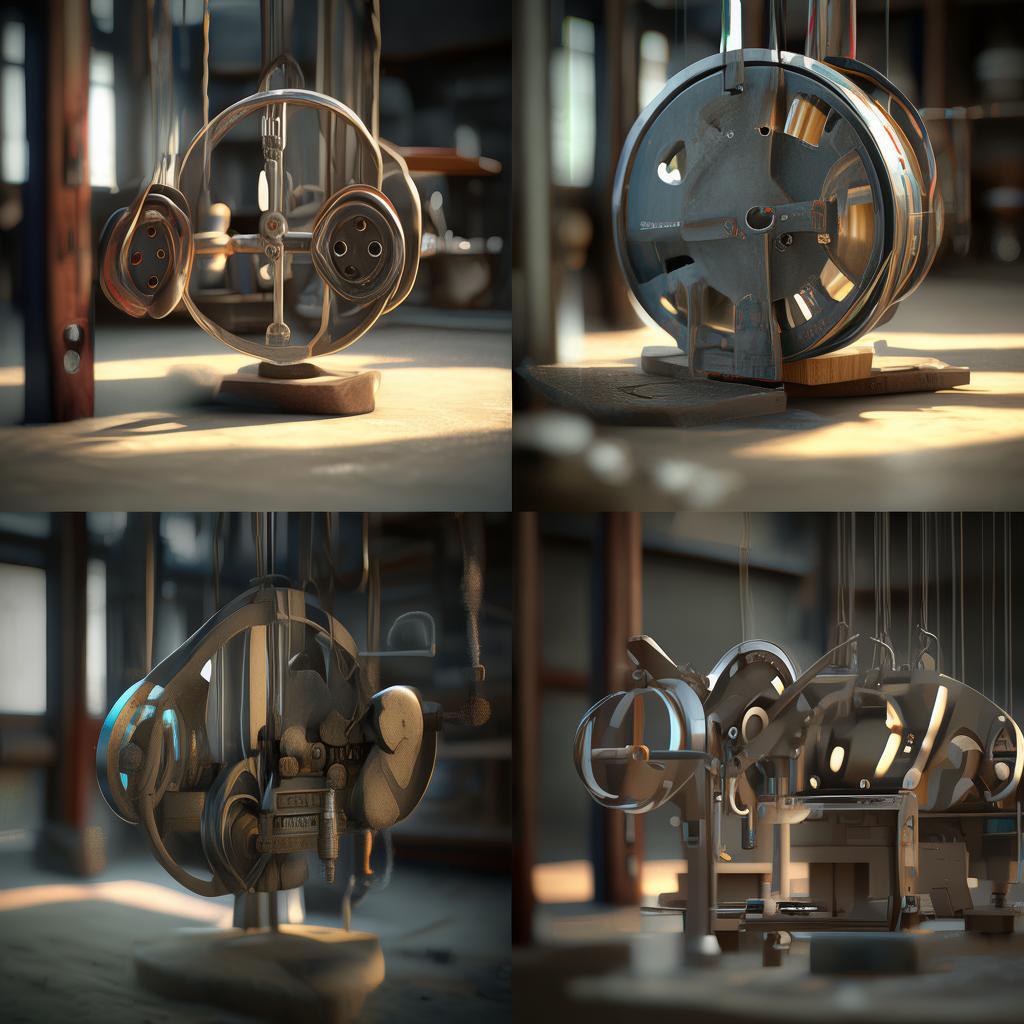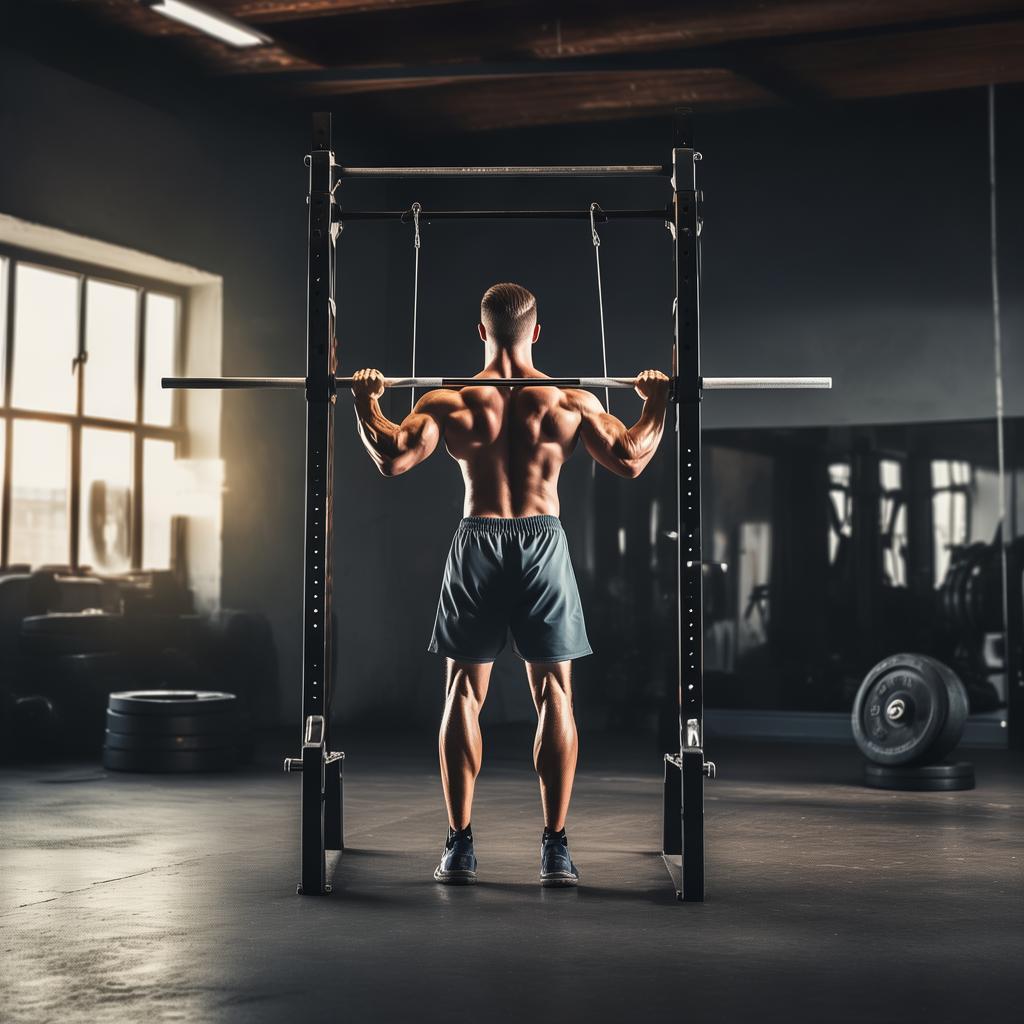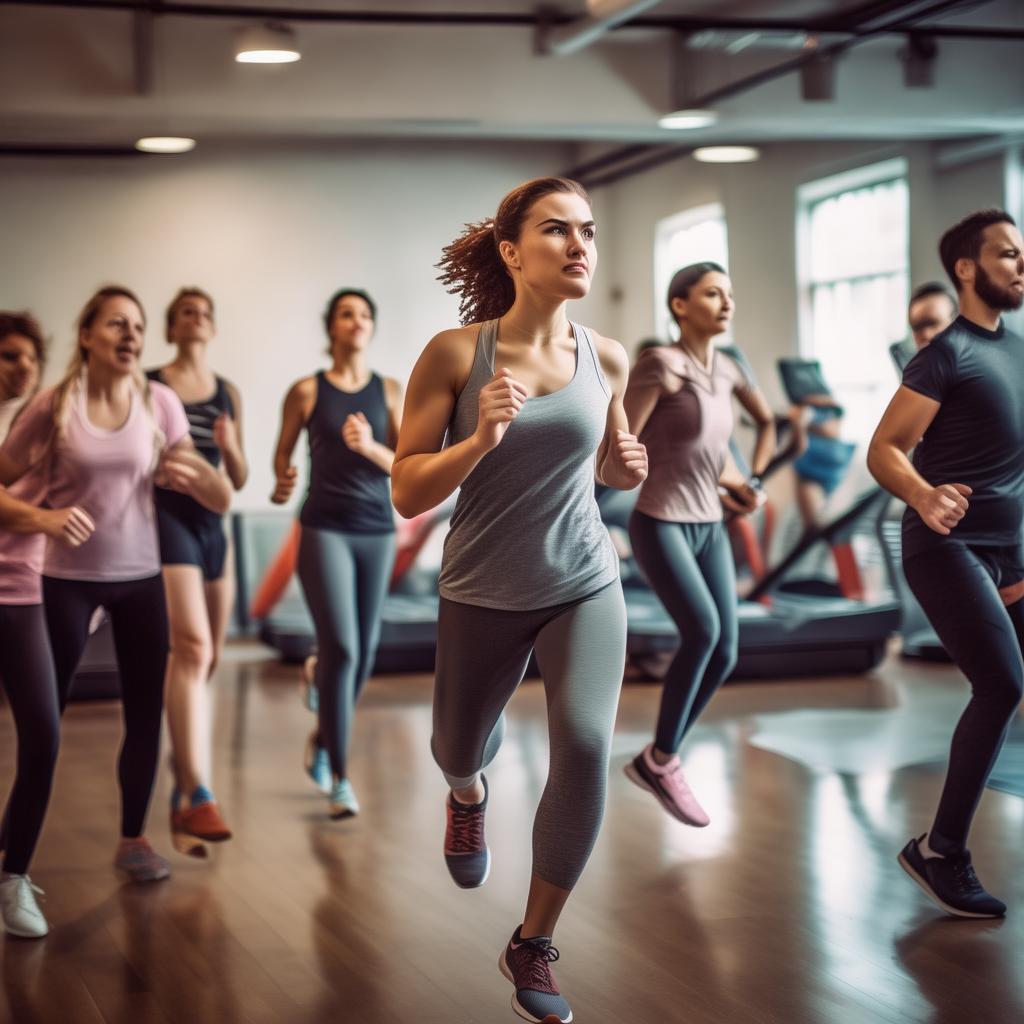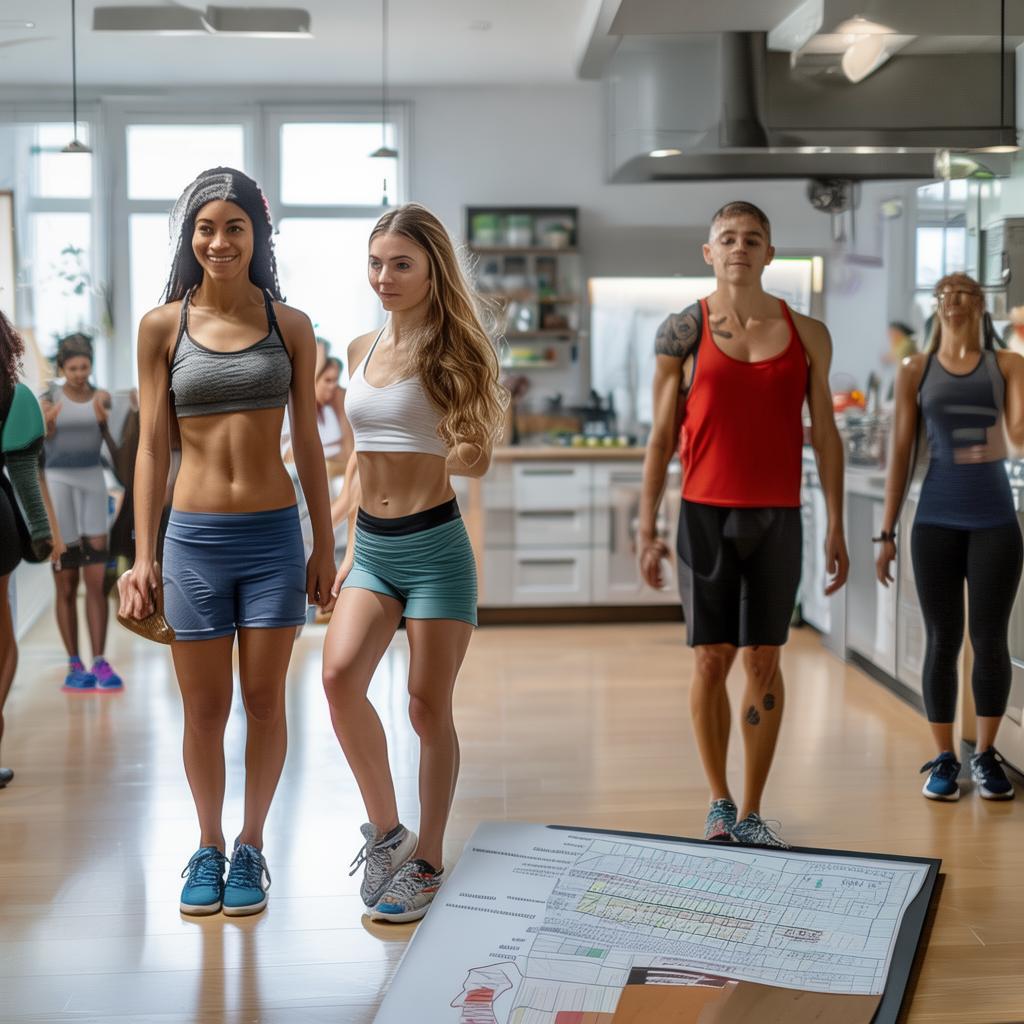Introduction
Have you ever had a gym – move that you’ve been eager to attempt but were too intimidated? Many claim that the hard pull is a great exercise for building overall body strength, yet this is only partially accurate. When we refer to the hard pull here, we initially mean the traditional hard pull, which is a full – body movement requiring the back and arms to exert force while the feet are firmly planted on the floor.
Understanding the Misconception of Variations
Many people mistakenly believe that hard pull variations are identical or only slightly different from the traditional hard pull. For instance, the Romanian hard pull is an isolation exercise targeting the upper hamstrings and gluteus maximus, while the straight – leg pull focuses on the lower back, which is quite distinct from the traditional one.
Training Muscle Groups and Movement Differences
The hard pull is considered one of the best full – body exercises as it provides intense training for both the legs and the back. What sets the traditional hard pull apart is that its centripetal (aggressive) contraction starts from a complete stop (without elastic floor assistance). This means that each movement begins without relying on elastic energy or stretch – shortening cycles.
Take the deep squat as an example. After removing the barbell from the rack and lowering the arms (and barbell), energy accumulates during the descent, making it easier to power back up at the lowest point. Elastic energy is a real factor in many lifts, but the traditional hard pull bypasses this at the start.
The Romanian Hard Pull
The Romanian hard pull starts from a standing position, with the first half of the movement being a centrifugal (negative) contraction that can generate elastic energy. It has some unique features. Firstly, although it may seem like a compound movement due to bent knees and hip – joint movement, it is actually a single – joint isolation movement as other joints are not fully flexed or extended. It targets the upper hamstrings and gluteus maximus.
Secondly, the knees remain slightly bent throughout the movement, not necessarily with leg muscles actively firing. This slight bend helps shift the focus to the upper thighs. When the lower back is flat or arched and the barbell stays close to the legs, the knee bend relieves lower – back pressure and focuses attention on the lower gluteus maximus and upper thighs.
The Straight – Legged Hard Pull
The straight – legged hard pull is perhaps the most underrated and misunderstood hard – pull variation. To perform it correctly, one must keep the legs straight, the barbell away from the body, and may be tempted to arch the lower back. Coaches may be surprised, but this is a reality of the movement.
It is crucial to be cautious when doing straight – legged hard pulls, especially for beginners or those with weak lower – back strength, as using very light weights is advisable. When the leg is straight and the lower back is arched, the thighs and gluteus maximus do not contribute to the movement. This exercise should be left until the end of a workout as it exhausts the lower back completely.
Summary of Traditional, Romanian, and Straight – Legged Hard Pulls
Traditional Hard Pull
Target muscles: Back, legs, shoulders, arms, grip, core muscles. Difficulty factor (1 – 5): 5. Key features: Each movement starts from scratch without energy build – up, effectively pulling the bar straight up. Correct position: With feet flat under the barbell, squat down, grasp the barbell with a grip slightly wider than shoulder – width, keep the barbell on the calves, chest up, back level, extend hips and knees to pull the barbell up, keep arms straight, and lower the barbell along the same path after squeezing the back, legs, and gluteus maximus.
Romanian Hard Pull
Target muscles: Posterior body chain. Difficulty factor (1 – 5): 3. Key features: Slightly bent knees, arched lower back, barbell close to the legs, barbell plates not touching the floor. Correct posture: Stand straight, hold the barbell in front of the thighs, feet shoulder – width apart, knees slightly bent, lean forward from the hips while keeping the chest up, abdominals tight, and lower back arched, bring the barbell down along the thighs, and then lift the torso while pushing the hips forward to return to the starting position.
Straight – Legged Hard Pull
Target muscles: Lower back. Difficulty factor (1 – 5): 4. Key features: Keep legs straight, barbell away from the body, and allow the lower back to arch (use light weights). Correct posture: Stand up straight, hold the weighted barbell in the front hand, bend forward from the waist with straight legs and arms, arch the lower back as you bend over, and reverse the movement when the barbell is a few inches off the ground.
There is still much to learn about hard pulls. Besides the above – mentioned variations, there are also split – legged hard pull, racked hard pull, sumo hard pull, and many others.





